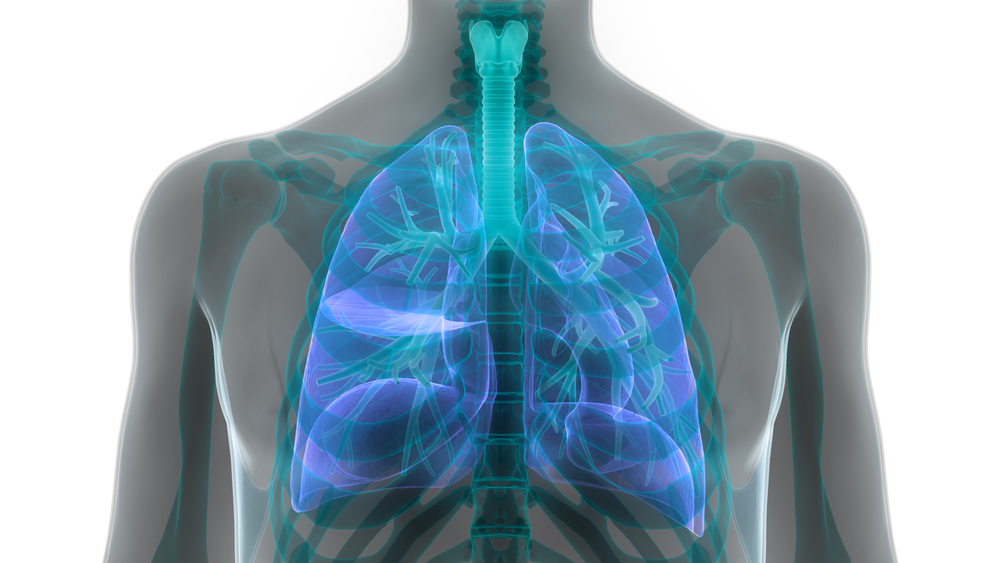Enzyme Found in Urine and Blood Linked to Fibrosis in IPF Study

Higher levels and activity of an enzyme, called urokinase plasminogen activator (uPA), were associated with fibrosis in lung tissue of patients with idiopathic pulmonary fibrosis (IPF). This suggests that uPA may be a target in treating lung fibrosis.
The study, “The fibrogenic actions of lung fibroblast-derived urokinase: a potential drug target in IPF,” was published in the journal Scientific Reports.
uPA is a protein found in both the urine and blood. A previous study related uPA to the development of cardiac fibrosis, but its possible role in IPF is largely unknown.
The uPA protein works with a receptor, the uPA receptor (uPAR), and two specific inhibitors, the plasminogen activator inhibitor 1 (PAI-1) and 2 (PAI-2). Together, they form the uPA system. uPA converts the proenzyme plasminogen into a smaller protein called plasmin, which it thought to be involved in numerous disease processes due to its potent fibrogenic actions.
“To our knowledge, no study has explored in depth the distribution of uPA in lung tissue of IPF patients, nor examined the potential role of interstitial plasmin in IPF,” the researchers wrote.
Researchers analyzed both the levels and distribution of uPA in lung tissue and blood samples from IPF patients. They observed that uPA was expressed in the fibrotic lung tissue from these patients. Moreover, the blood levels and activity of uPA were higher in IPF patients compared to healthy controls. Indeed, these elevated levels and activity correlated with worsening lung function, as measured by percentage of predicted forced vital capacity (FVC). FVC analyzes how much air a person can exhale during a forced breath.
Further experiments found that uPA mediated the activation of plasminogen in human lung fibroblasts. When researchers incubated, in vitro, lung fibroblasts from IPF patients with plasminogen, they saw an increase in plasmin activity, together with interleukin-6 (IL-6). IL-6 is an important cytokine (signaling molecule) with key roles in IPF and other lung diseases. Increasing levels of IL-6 correlate with declining lung function in patients.
Reducing the expression of uPA resulted in diminished plasmin activity and IL-6 levels (via plasminogen).
Overall, these results “show that uPA is formed in active regions of fibrosis in IPF lung and contributes to lung fibroblasts plasmin generation, IL-6 production and proliferation,” the researchers wrote, adding that uPA could be a potential target for future disease treatments.







